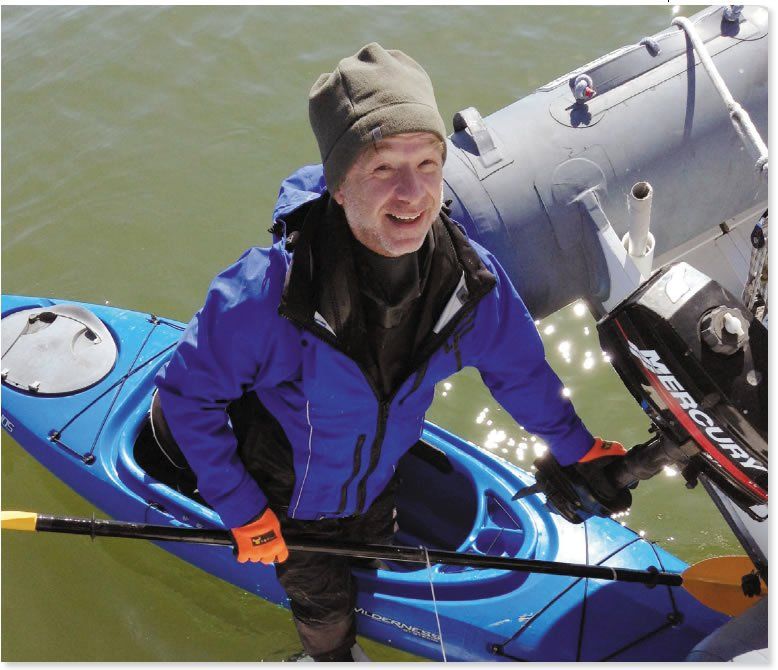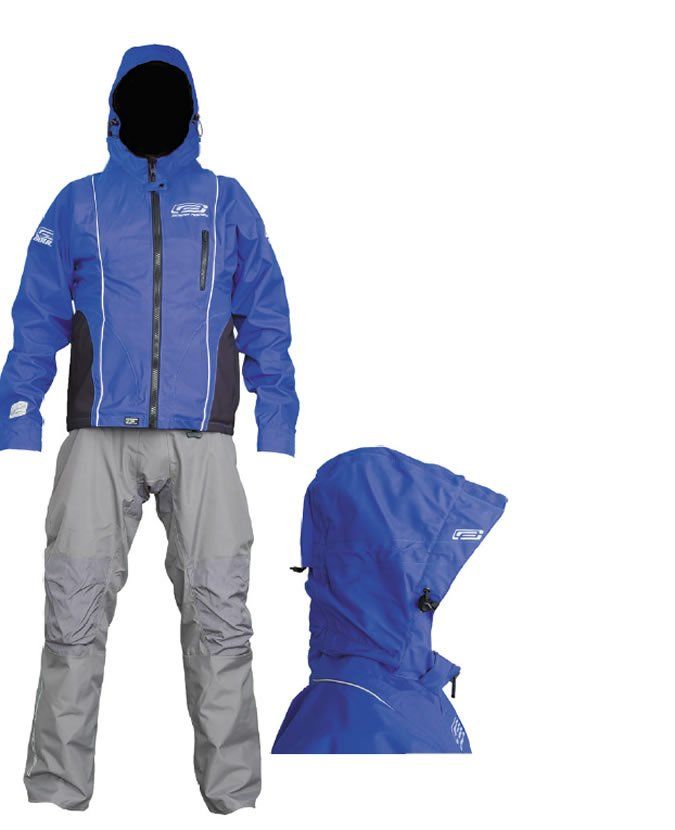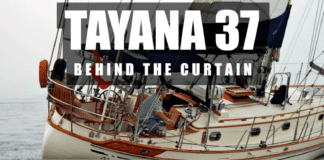After teeth-chattering his way through some brutal winters sailing beach cats on Chesapeake Bay-protected only by a 3/16-inch neoprene suit that made the cold water safe, but not pleasant-Practical Sailor tester Drew Frye decided to upgrade and invested in the Ocean Rodeo Soul dry suit in the fall of 2013, and his winters have been much better.
The Soul is made by Ocean Rodeo, a Canada-based manufacturer of gear for surfing, kiteboarding, stand-up paddleboarding, and sailing. Ocean Rodeo was launched in 2001 with the goal of enabling its customers to enjoy the water year-round, even in its frigid home waters of Vancouver Island, Canada.

PS reviewed the Soul dry suit in past issues (see PS October 2012 and November 2014 online), and this report offers a two-year update on our long-term field test of the suit.

Test Notes
Dry suit wearers don fewer under layers than those who sail in standard foul-weather gear, and those base layers must be highly breathable and without cotton. With the Soul, we found that for active use in 35-degree to 50-degree air temperatures-and in case of an occasional dunking-the ideal combo to wear under a dry suit is a pair of fleece pants, a light fleece pullover, fleece socks, and wetsuit boots or deck shoes (one size larger). For extended work in freezing water-hull cleaning or other under-boat work-add one more layer, along with neoprene gloves and a 5-millimeter dive hood; a neoprene beanie is a good compromise for a quick dunking or rain.
Testers noted that the Soul was very breathable and kept wearers dry, even during vigorous kayaking. The Goretex breaths well at lower temperatures, and the suits stand-by donning mode (worn without putting the head through the neck seal) helped in warmer temperatures.
Users must stretch or trim the Souls wrist and neck seals to fit. An over-tight neck seal can dangerously restrict blood flow and makes it painful to breathe heavily. For small adjustments, try stuffing a 16-ounce bottle in each wrist seal and a 2-liter bottle in the neck opening for a few days. If that doesn’t stretch the seal sufficiently, smoothly trim the seals using a very sharp pair of scissors (any nick becomes a potential tear site), following the molded rings provided for guidance and removing no more than two rings at a time.
Intended to offer minimal protection for windsurfers and paddlers, the Souls hood is not suitable for long, wet days, in our opinion. However, testers never experienced any leaks, despite there not being a storm collar; we wore baseball caps underneath so that the hood would turn with the head.
After two years of regular use, the Soul showed no visible fabric wear or tears, and developed no leaks, testers reported.
Bottom line
On nasty, cold days, the Soul delivered safety similar to that offered by a survival suit (see PS blog, Drysuit vs. Survival Suit for Offshore Sailing, Jan. 15, 2015) but in a product that was enjoyable to wear. We stand by our Recommendation of the Soul for foul-weather wear and winter sailing protection. It gets high marks for dexterity, breathability, and attention to detail (abrasion overlays and seam re-enforcing). In our 2012 Soul review, we questioned the flexible fabrics durability, but after two years of putting the test suit through its paces, we can say that the Ocean Rodeo suit will excel through multiple seasons.
Ocean Rodeo also offers other dry suit models (Ignite, Heat, and Boss) that feature improved collar/hood combinations and may be better suited to sailing; all sizes are unisex as there are no women-specific options.




































